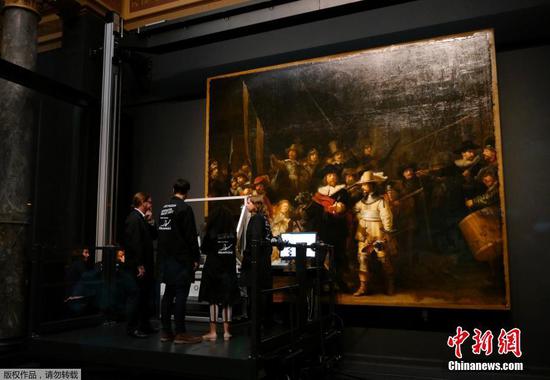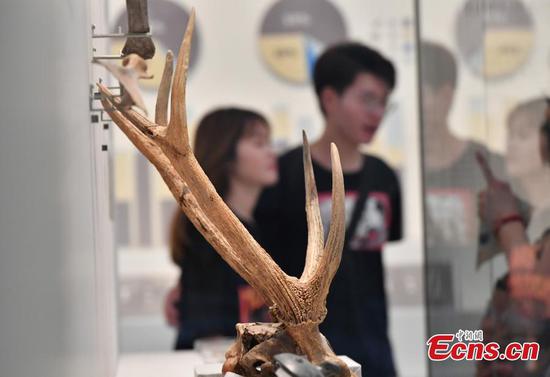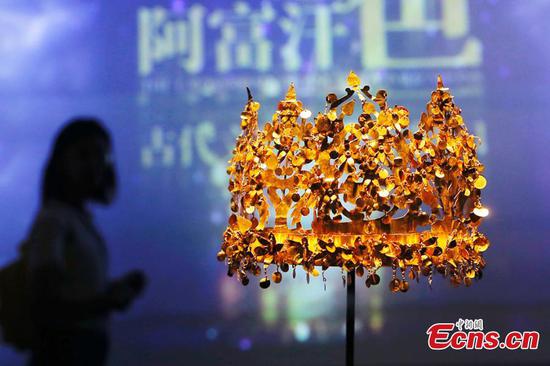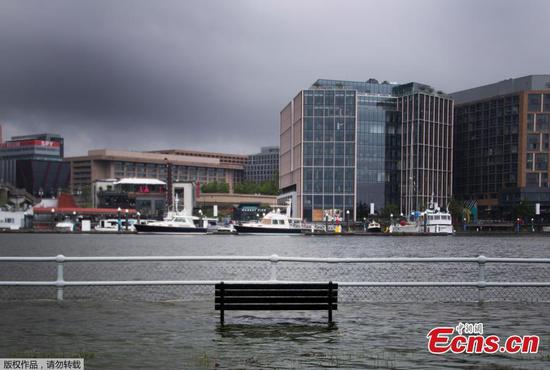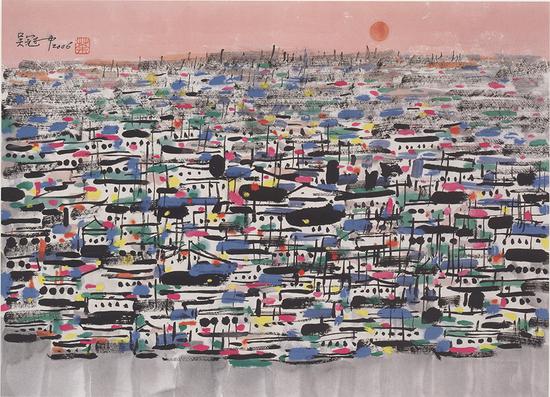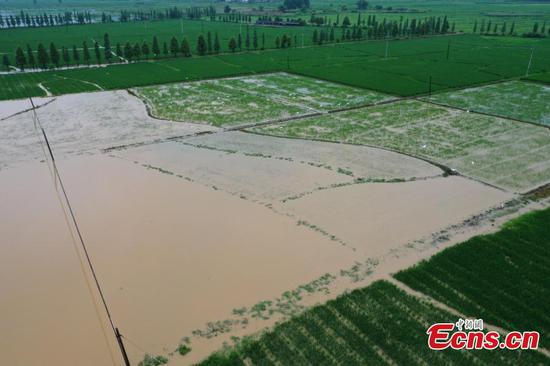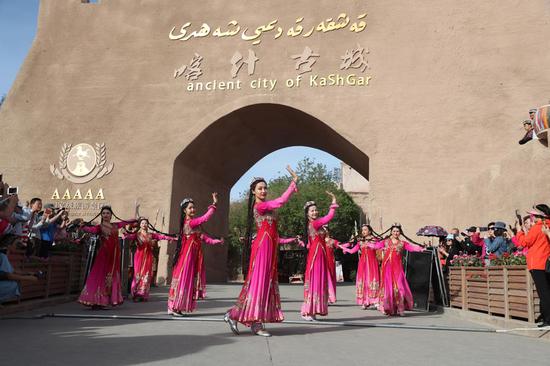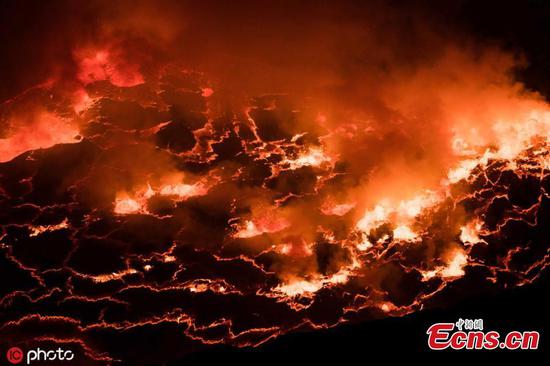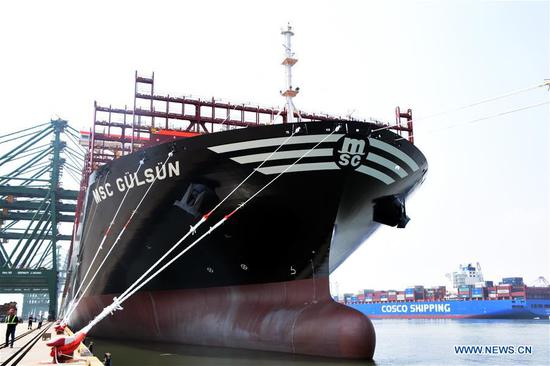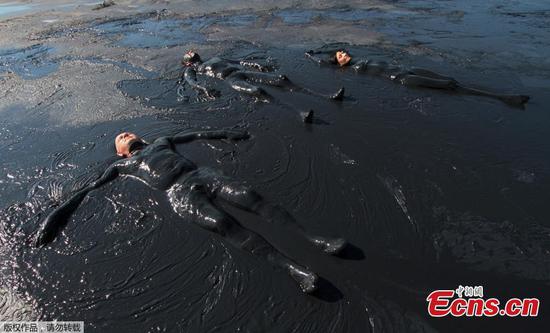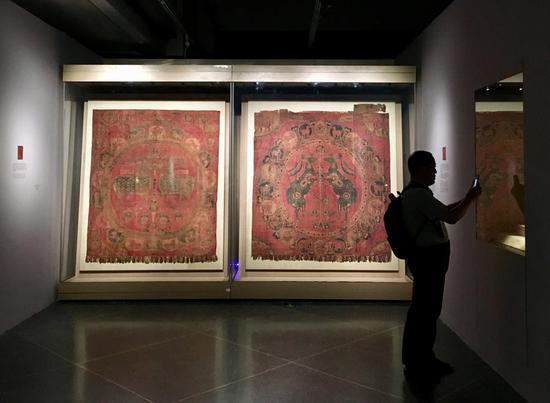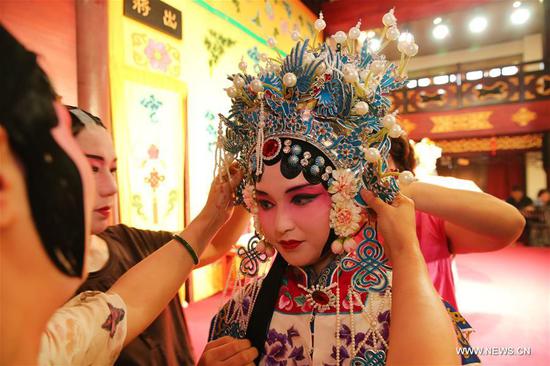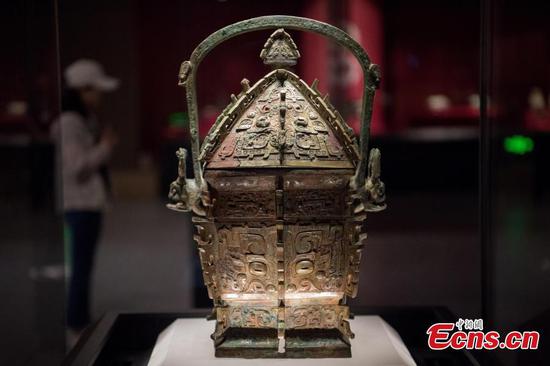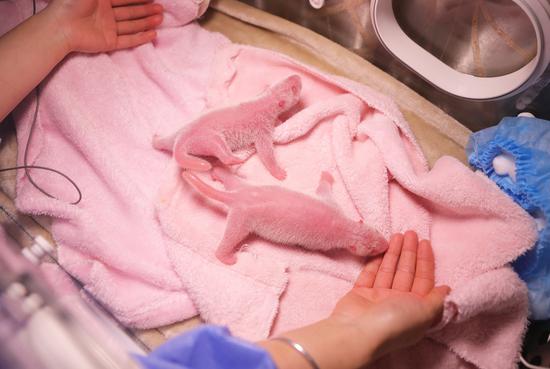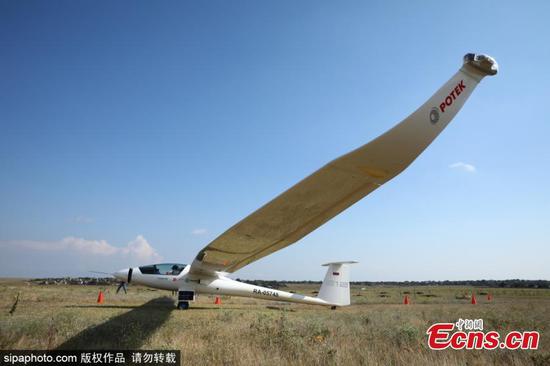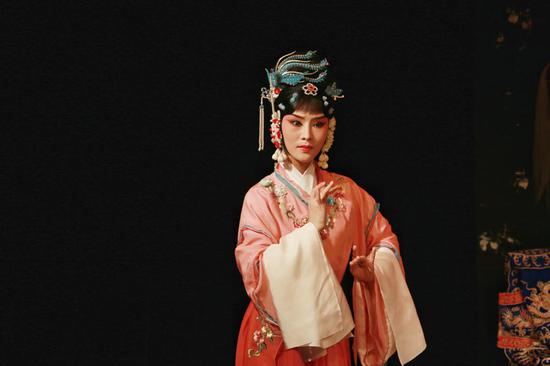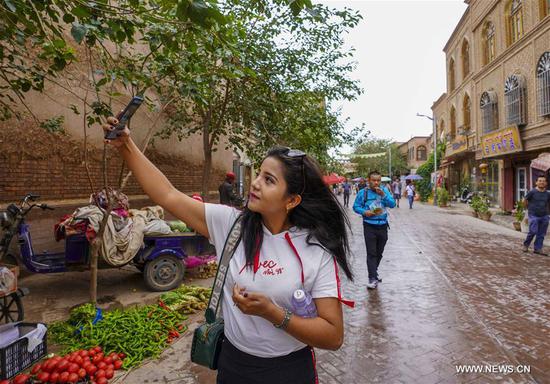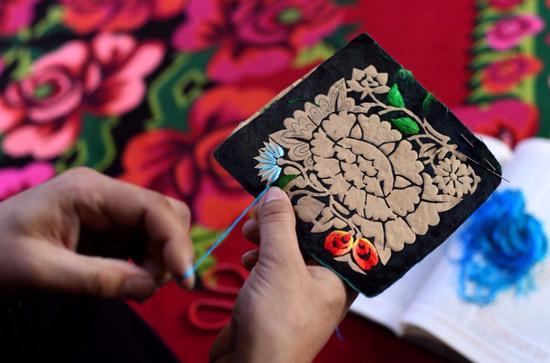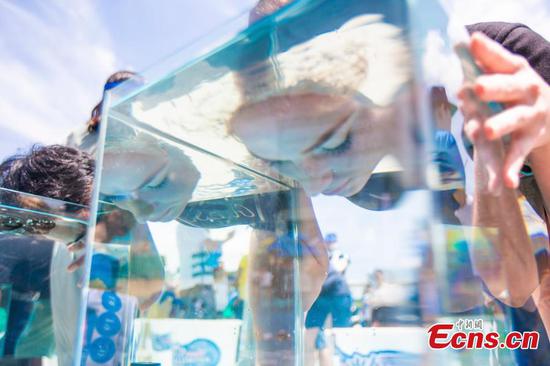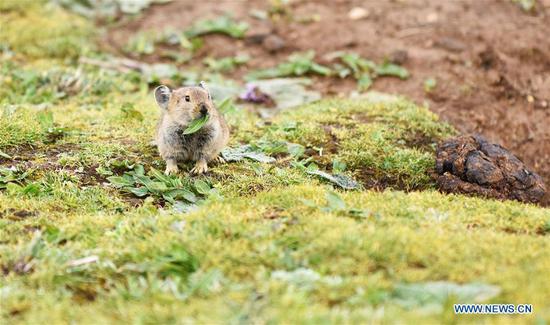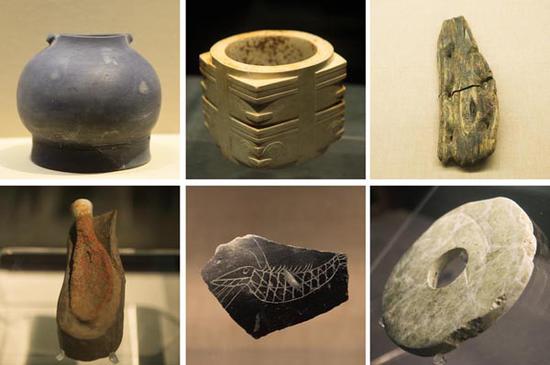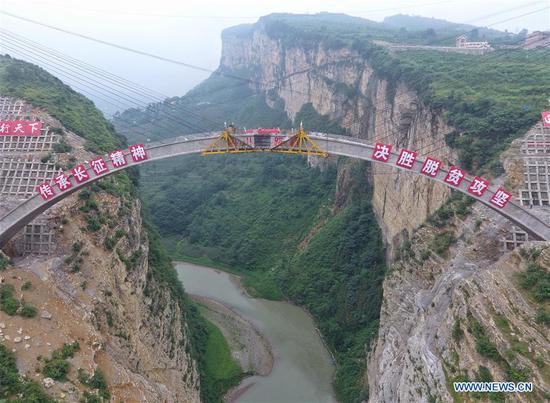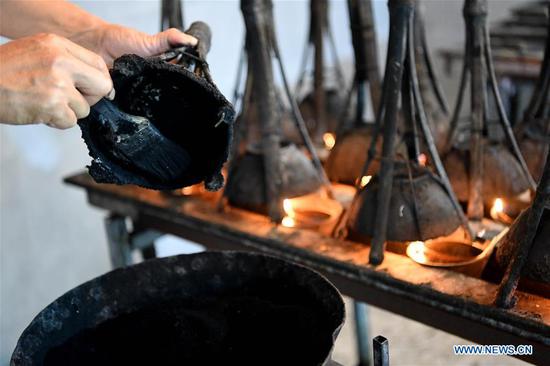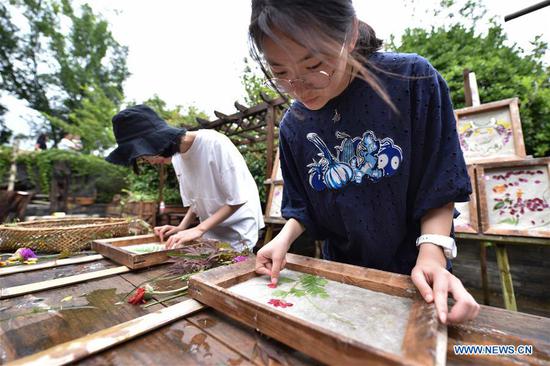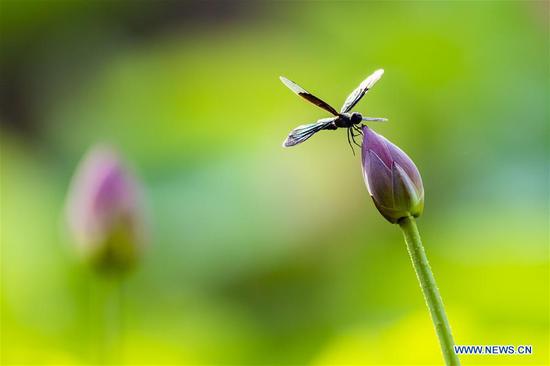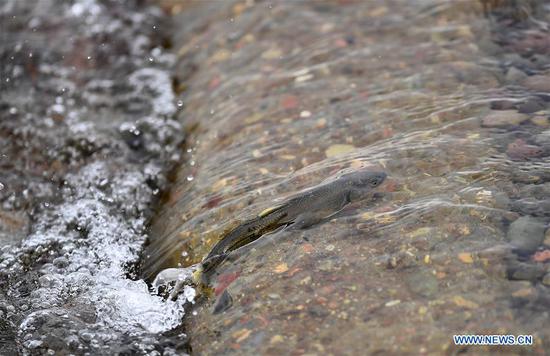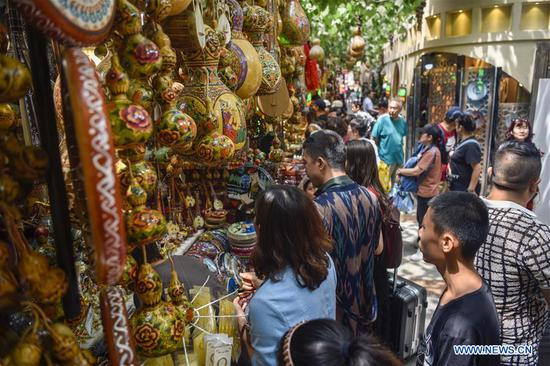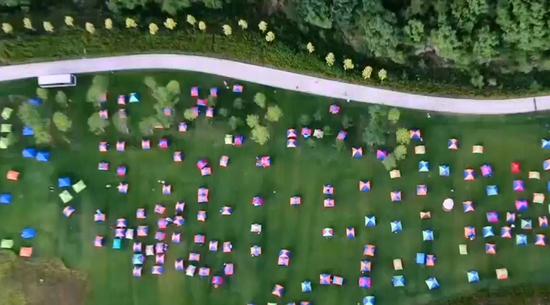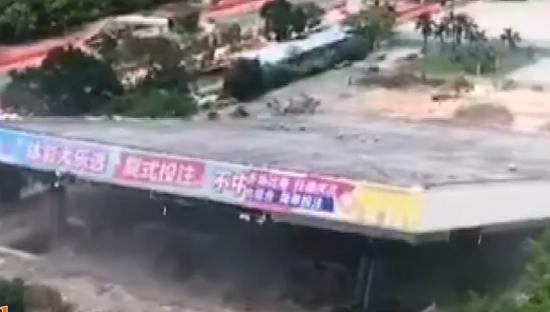Japanese media have released irrefutable evidence that Japanese invaders had used poisonous gas in the war of aggression against China.
According to Japan's Kyodo News, Japanese historical scholar Seiya Matsuno has recently found a "detailed report of the battle" recording the use of gas bombs by Japanese invaders on the battlefield in China.
This is the first time that irrefutable evidence has been found that the Japanese gas forces themselves recorded the use of erosive gas and other relevant information documents, Matsuno said.
The documents may have survived by being kept by individuals, he said. It is "only a tip of the iceberg that has been clarified" regarding the actual situation on the battlefield of the invasion of China, Matsuno said.
"It is necessary to clarify the facts, draw lessons from them and never let the tragic history repeat itself," the expert said.
The photos provided by Matsuno showed that the 5th mortar battalion of the Japanese gas force, when battling in China's Shanxi Province in July 1939, fired 231 "red bombs" that could strongly irritate respiratory organs and 48 "yellow bombs" that could cause skin and mucous membranes to decay.
The combat details photos also included a comment that the first use of "yellow bombs" produced "very good effects."
Japanese newspaper Tokyo Shinbun reported Monday that in order to keep strict secrecy, "the old Japanese army" called ammunition equipped with erosive gas "yellow bombs" and called the "sneeze bombs" "red bombs", while ammunition loaded with highly toxic hydrogen cyanide was called "tawny bombs", and tear-gas grenades "green bombs".
At that time, Japan had set up gas production bases in Hiroshima and Okonoshima, and the gas was transported to the Fukuoka Prefecture and then filled into shells before being transported to the Chinese battlefield, according to Tokyo Shinbun.
Matsuno, a scholar of modern Japanese history, received his doctorate from Meiji University in 2010 and has published books and datasets on Japanese biological and chemical weapons.
According to local media, Matsuno plans to write a paper about the details and analysis of his recent discovery and publish it on Sekai, a Japanese monthly magazine.









